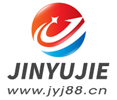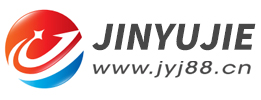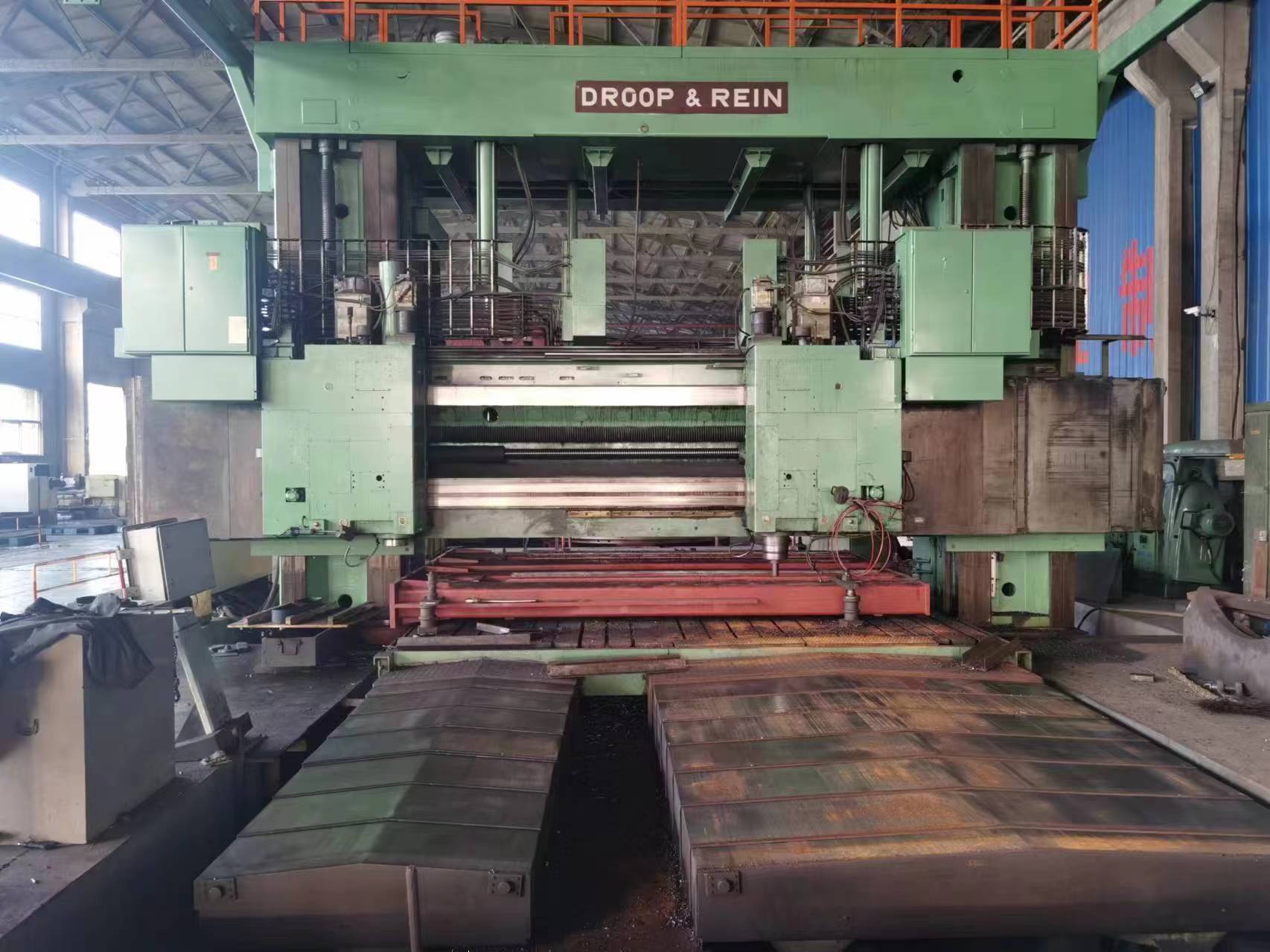Summarize the welding stress of used welded pipe machine
- Sort:Information
- Auth:
- Source:
- Release time:2023-03-28 11:30
- Pvs:
【概要描述】The welded pipe stress of the used welded pipe machine can be divided into forming stress, welding stress and sizing stress according to the generation area, and they affect each other; among them, the welding stress has the most significant impact on the performance of the welded pipe.
Summarize the welding stress of used welded pipe machine
【概要描述】The welded pipe stress of the used welded pipe machine can be divided into forming stress, welding stress and sizing stress according to the generation area, and they affect each other; among them, the welding stress has the most significant impact on the performance of the welded pipe.
- Sort:Information
- Auth:
- Source:
- Release time:2023-03-28 11:30
- Pvs:
The welded pipe stress of the used welded pipe machine can be divided into forming stress, welding stress and sizing stress according to the generation area, and they affect each other; among them, the welding stress has the most significant impact on the performance of the welded pipe.
Welding stress formation mechanism
A distinctive feature of high-frequency welding is that the welding energy is highly concentrated in a narrow and long area. During the welding process, the edge of the tube blank to be welded, the weld, the heat-affected zone and the base metal are heated unevenly. During the heating period, the welding seam and its vicinity heat up the fastest and the temperature is the highest. The temperature of the tube body outside the heat-affected zone is slower and lower. In the cooling period, the cooling intensity of the weld and the heat-affected zone is the largest, but it is weaker than the heating intensity. As a result, the degree of thermal expansion and contraction between the welded part and other parts of the pipe body is different, and the welded pipe is bound to produce strain corresponding to the temperature of each part. However, since the weld, the heat-affected zone and the base metal are a whole, are interrelated and restrict each other, they cannot be extended and shortened freely, and the extension and shortening are partially blocked, resulting in internal stress and strain. The result of the combined effect is, The longitudinal direction of the welding seam shrinks sharply during the cooling process, and although the middle bottom also shrinks, the amount of shrinkage is much smaller than that of the welding seam, causing the welded pipe as a whole to bend upward along the welding seam.

Welding stress classification
Welding stress of welded pipe can be divided into temperature stress, phase transformation stress and residual stress according to its causes.
Temperature stress: For high-frequency straight seam welded pipes, temperature stress includes longitudinal temperature stress and transverse temperature stress.
(1) Longitudinal thermal stress: also known as longitudinal thermal stress, which is parallel to the direction of the weld and is caused by uneven heating of the pipe body during welding and uneven cooling after welding. Therefore, the longitudinal thermal stress of the welded pipe has two manifestations, one is Welding thermal stress, the second is cooling thermal stress.
①The process of welding thermal stress. After the edge of the tube blank to be welded is heated, under the action of the high-frequency current proximity effect, the welding current (heat) is highly concentrated to the two narrow edges of the tube to be welded, and the temperature of the edge to be welded and the heat-affected zone rises rapidly to realize welding. The weld part also expands due to heating; at the same time, other parts heat up slowly and low; this expansion is hindered by other parts where the temperature change is not so large, and cannot stretch freely. Therefore, the weld part is subjected to longitudinal compression, resulting in compressive stress; at the same time, other parts generate tensile stress due to obstruction of elongation. If there is no restraint after welding, the end of the tube that has just come out of the squeeze roller will be forced to bend down under the action of thermal expansion stress, and it will return to its original shape after cooling. This stress occurs without external force and exists inside the metal of the tube body, and can be balanced in the tube body, thus constituting a pair of mutually balanced internal stresses. They are equal in size and opposite in direction. During the production of welded pipes, the longitudinal growth caused by the heating of the weld seam is indeed compressed. This just explains why the cooled welded pipe is always upturned.

②The process of cooling thermal stress. According to the production process of the used welded pipe machine, the welded pipe after welding must be rapidly cooled, and the temperature of the welding seam will drop rapidly, so the welding seam will shrink due to cooling, and this shrinkage will also be hindered by other parts with slow temperature changes and The rolls are constrained and cannot be shortened freely. Therefore, the weld part is stretched, resulting in tensile stress; at the same time, other parts generate compressive stress due to hindering elongation. However, if there is no longitudinal restraint during the cooling process of the welded pipe, the longitudinal compression amount hidden in the welding seam during the heating and welding stage is reflected here—the welded pipe is warped up in the direction of the welding seam.
(2) Transverse temperature stress. During the cooling process of the weld, it is also subjected to transverse temperature stress, and its direction is perpendicular to the weld. When the weld is rapidly cooled, it will inevitably shrink laterally. However, the base metal and the transverse residual stress of the forming will inevitably prevent this shrinkage. Therefore, the weld part is subjected to transverse tensile stress, and the part near the weld is subjected to transverse compressive stress. As an example, we can cut the welded pipe along the weld fusion line, and the gap in the part can be seen to increase sharply.

Phase transformation stress: When the metal pipe is heated and welded and cooled, the metal at the weld will undergo a phase transformation, and the volume will expand or shrink, while the surrounding metal will hinder its volume change, so that stress is generated inside the metal. It is the transformation stress. For example, during the formation and cooling of the welded pipe weld, at least the change of "solid phase → liquid phase → solid phase" will occur at the weld portion, and corresponding phase transformation stress must be generated during this period.
Residual stress: During the welding process and cooling process of the welded pipe, when the internal stress generated by it exceeds the yield limit of the pipe, plastic deformation occurs at the welded part; when the overall temperature of the welded pipe returns to the original temperature, new internal stress is generated and remains. In the tube body, this new internal stress is the residual stress; the residual stress corresponds to the residual strain. For example, after the welded pipe in the cooling water jacket leaves the restraint of the squeeze roller and the sizing roller, the pipe body will warp upward along the direction of the weld; and the shape of the welded pipe warping upward along the direction of the weld indicates that there is a weld at the weld. The larger the residual longitudinal compressive stress, the larger the residual tensile stress exists on the back of the weld, and the residual compressive stress is greater than the residual tensile stress.
In fact, the transverse tensile stress remaining in the cross section of the welded pipe is more harmful to the welded pipe. It directly deters the safety of the welded seam. Especially when this residual stress is superimposed with the residual stress generated during the transverse forming of the tube blank, the damage is even greater. . For example, in an oil pipeline in service, welds (including longitudinal welds and girth welds) and heat-affected zones may rupture in an instant. Studies have confirmed that most of these rupture accidents are fractures far below the yield strength of the pipe, and the fractures are sudden and difficult to prevent.

Measures to Eliminate Residual Stress in Welds
(1) Straightening
Through the straightening of the straightening machine, the distribution of the original residual internal stress of the welded pipe can be "disturbed", so that the residual tensile stress and the compressive stress are partially offset each other in the process of redistribution. In addition, when the welded pipe is rotated circumferentially by the straightening roller, the transverse internal stress of the welded pipe is also redistributed under the action of the radial force of the straightening roller, and a new balance is also achieved in the direction of reduction.
(2) Annealing
There are two types of local annealing of the welded seam and overall annealing of the welded pipe. The former can greatly eliminate the longitudinal and transverse stress of the welded seam, and the latter can completely eliminate the internal stress remaining in the pipe body during the production process of the welded pipe. The effect is the best, but the cost of the latter high.
(3) Aging
By leaving the tube at room temperature for a period of time, the internal stress in the tube will slowly self-equilibrate. For example, large and medium-sized machine tool beds, rolling mill stands, etc. in the machining industry must undergo aging treatment to eliminate the internal stress of these components.
(4) Reasonably adjust the sizing roll
This can not only increase the transverse compressive stress of the weld and reduce the transverse tensile stress of the weld, but also realize the rebalance of the longitudinal stress of the welded pipe.
Generally, the methods of straightening, annealing, aging, and reasonable adjustment of sizing rolls should be adopted to eliminate the residual stress of the welding seam when the used welded pipe machine is used to make pipes.
More News



Wechat: 13392281699
Email: zty@usedpipemill.com
Company address:No. A99, East Lecong Avenue, Lecong Town, Foshan City, Guangdong Province
Recommendation
Online Inquiry
LINK
Contact Us
Tel (wechat): 13336487288
Wechat:+86 13336487288
WhatsApp:+86 13336487288
Email: zty@usedpipemill.com
Address: No. A99, Lecong Avenue East, Lecong Town, Foshan City, Guangdong Province










